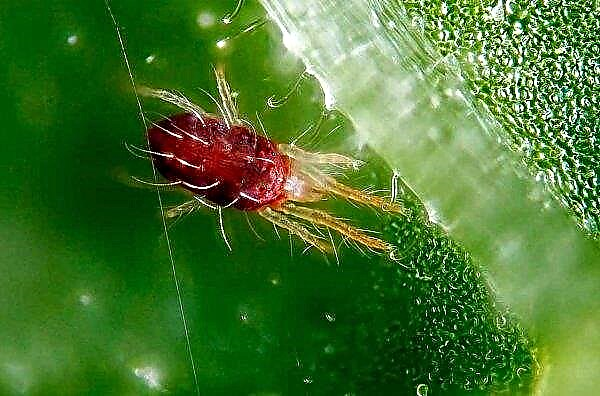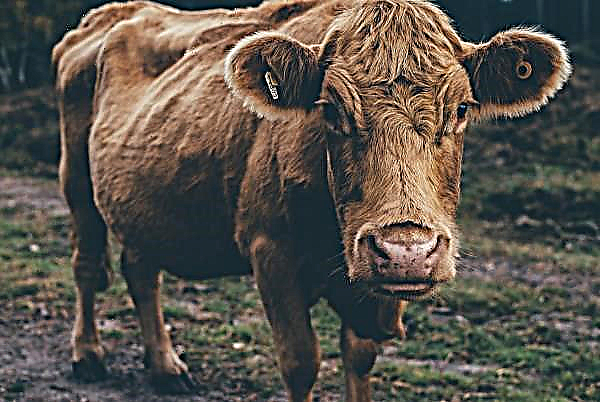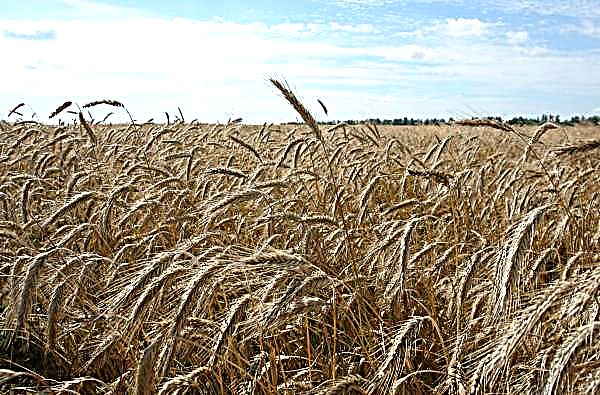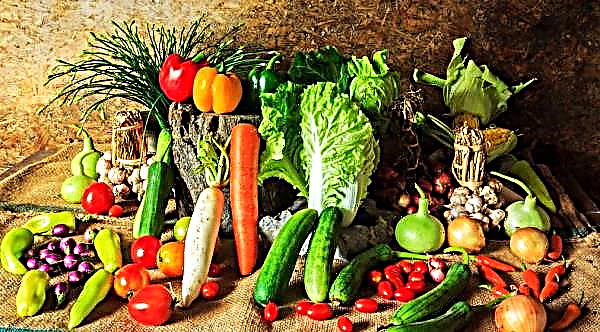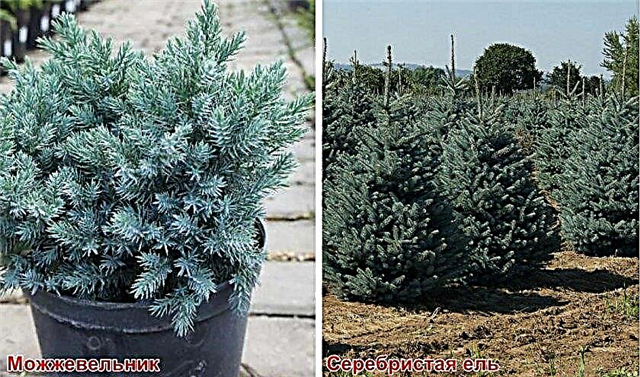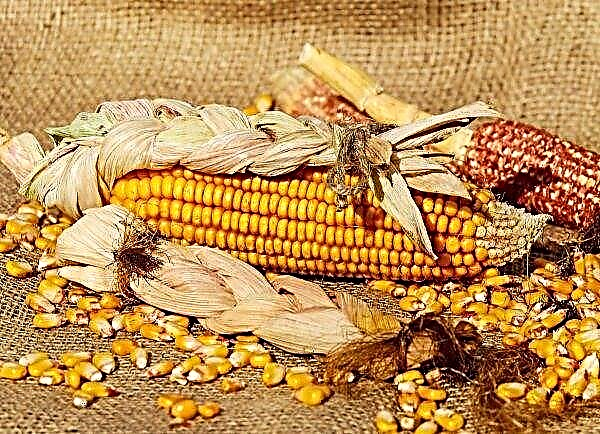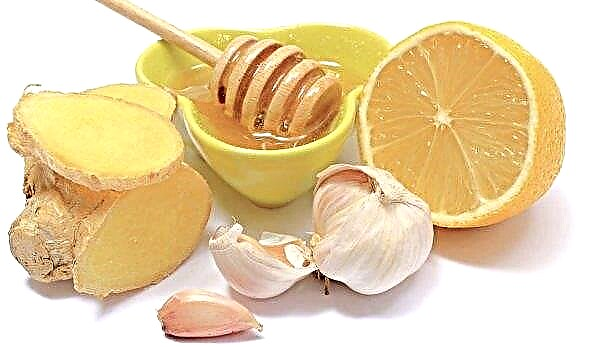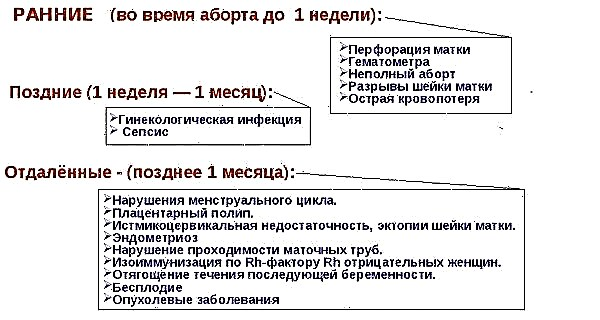Acceleration of the growth of Bulgarian and hot peppers can be achieved by performing basic agricultural activities. What exactly to do and how, read below.
Features of the growth and ripening of pepper
The growth of bitter and sweet peppers has the same features, given which you can effectively control the rate of fruit ripening:
- seed germination occurs at a temperature of + 25 ° C;
- 2 weeks pass from the moment of seeds hatching to the appearance of the first seedlings;
- 15-20 days pass from the moment of the appearance of the first seedlings with 2 cotyledonary leaves to the appearance of the first true leaf;
- after the appearance of the first real sheet, it takes 1 week to form each subsequent one;
- depending on the variety, the period of budding begins in 40–90 days from the moment of emergence of seedlings;
- after the bud is formed, it takes 15–25 days to enter the flowering phase;
- each flower spends 6 days for flowering;
- from the moment of ovary formation to technical ripeness, 20-30 days pass;
- from the previous phase of the ripeness of the fetus to the biological, another 20-30 days also pass;
- the minimum period from the appearance of the first shoots to technical ripeness is 75 days, the maximum is 165 days.
Did you know? Pepper is a perennial. If at the end of the season it is transplanted into a flower pot, it will continue fruiting until December, and then hibernate for a short time and in February will go into the phase of active vegetation.
How to accelerate the ripening of peppers?
To achieve accelerated growth of pepper culture allow:
- agricultural practices;
- drugs for rapid growth.

Techniques for accelerating the ripening of peppers for greenhouses and open ground differ in some nuances, but there are the same points:
- soaking seeds in growth accelerators (Zircon, Kornevin, sodium humate) according to the instructions;
- watering seedlings growth accelerators;
- planting plants at a certain distance from each other to ensure full illumination of the bush on all sides - 60 cm for low-growing varieties and 80–100 cm - for tall;
- regular fertilizer application;
- organization of high-quality moderate watering - soil moisture should be 50%.
In the greenhouse
To accelerate the ripening of peppers in a greenhouse, plants need proper watering. In hot weather, with a decrease in humidity in the air, watering in the greenhouse is carried out 2 times a day - in the morning and in the evening. Once in the bitches, watering under the root (0.5–1 l) is carried out, 1 time - sprinkling (500 ml). In normal weather, watering is carried out 1-2 times a week. Under each bush, 2 liters of liquid are introduced.
The next agrotechnical measure to accelerate fruit ripening is crown formation. In order for the plant to give lateral shoots that will bear fruit, and not waste force stretching in height, the crown bud is removed immediately. For the development of plants enough 2-3 shoots. The rest are deleted. Pinching the growth points of excess shoots, leave one top sheet for each bud. If this is not done, the fetus cannot develop. Lower infertile shoots must be removed along with foliage. They only consume plant resources, and also contribute to the propagation of fungal diseases and pests in contact with the soil. As the fruits reach technical maturity, the leaves next to them must be removed. Crohn's pepper is fragile, therefore, it needs support. As it is in the greenhouse, a horizontal trellis is convenient. As the plants grow, the branches on which the fruits are formed must be firmly fixed to the support.
They only consume plant resources, and also contribute to the propagation of fungal diseases and pests in contact with the soil. As the fruits reach technical maturity, the leaves next to them must be removed. Crohn's pepper is fragile, therefore, it needs support. As it is in the greenhouse, a horizontal trellis is convenient. As the plants grow, the branches on which the fruits are formed must be firmly fixed to the support.
Top dressing is applied 1-2 times a month:
- at the stage of formation of the first sheet, a growth accelerator (Kornevin, sodium humate or Zircon), which was used to soak the seeds;
- with the appearance of 3 true leaves - urea (40 g / m² each);
- during budding, chicken droppings solution (dilute droppings with water 1: 1);
- after 10 days, spraying the sheet with a solution of wood ash (for 10 l of water 500 g of ash);
- after flowering, use the preparation "Emochki Fertility" according to the instructions for watering and leaf spraying.
Important! Soaking seeds in a growth accelerator is carried out only if the manufacturer has not done this, having mentioned it on the packaging, or they are collected independently. Soaking seeds previously treated by the manufacturer will result in burns and lower percent germination.
In the open ground
To accelerate the ripening of pepper in the open ground, it is better to use the seedling method of reproduction. After planting, cover the plants with agrospan. The procedure can be carried out throughout the growing season. Plantings are sheltered at night, and in the morning the material is removed. This avoids the negative effects of fluctuations in night and day temperatures. Watering in the open ground is carried out once a week for 2-3 liters of water per plant. Immediately after watering, the soil must be loosened and mulched with compost. The height of the mulch layer is at least 5 cm. This procedure allows you to:
This procedure allows you to:
- increase soil fertility;
- keep the necessary supply of moisture;
- protect plants from diseases and pests;
- retain oxygen in the soil after aeration.
In open ground, bushes also need to be formed. You can trim using the above method. Tall bushes must immediately establish supports. In open ground, ready-made frames in the form of a cylinder or cone are suitable as a support. Such structures are immediately put on seedlings at the time of transplantation. As they grow, fruitful branches are laid out on the supporting parts. For a large number of bushes, it is better to dig 2 sticks on the sides of each plant and pull a few ropes between them.
Did you know? Pepper was brought to Europe about 600 years ago. Today this spice is available in the kitchen of every housewife, and at that time it was so expensive that it was used as payment for other goods and was equal in value to gold.
To accelerate the ripening of peppers in the open field, he will also need nutrients. Before flowering, you can use the above feeding scheme with the same elements. After flowering, every 2 weeks you need to make a solution of ash and yeast solution. The ash contains 30 trace elements necessary to accelerate flowering and the formation of full-fledged fruits. A solution is made according to the above proportions and applied under the root and on a sheet of 1 liter per plant. The yeast solution enriches the soil with oxygen and stimulates growth. Make it like this:
Make it like this:
- On 10 l of water (+ 30 ° C) add 12 g of yeast and 1 tbsp. l Sahara.
- Insist 3 days in a dark room with an air temperature of + 25 ° C.
- Strain and add 1 liter under the root and 500 ml per sheet.
Leaf dressing is carried out in the evening, root - in the morning. In the open ground, it is also necessary to take the crop on time to enable the young ovary to fully develop. Immediately after the collection of one wave of fruit, fertilizing is carried out.
Important! Foliar fertilizer gives an effect after a few hours, so the morning after it is sprayed with clean water so as not to provoke the appearance of sunburn.
Additional recommendations for growing pepper
A few recommendations to help increase yields:
- Follow crop rotation rules. Peppers can be planted in their original place only after 3 years. The best predecessors and neighbors for pepper are legumes, cucumbers and cabbage.
- If it is not possible to frequently change the planting site after harvesting, sow the area with crops, and before the onset of frost, mow the ground part and conduct deep aeration (20 cm), planting greens in the soil.
- Do not bring fresh organic matter under pepper bushes. Be sure to breed manure with water 1: 1.
- In the greenhouse, after the final harvest, remove the top 15 cm of soil and change it to a mixture of peat and sand (1: 1).
- Do not plant seedlings in the ground if it has not warmed up to + 15 ° C.
 It is possible to accelerate the ripening of peppers by performing elementary agrotechnical measures, as well as using various growth accelerators. If there is no desire to use growth accelerators, they are easily replaced by organic fertilizers. The most suitable in this regard are manure and wood ash.
It is possible to accelerate the ripening of peppers by performing elementary agrotechnical measures, as well as using various growth accelerators. If there is no desire to use growth accelerators, they are easily replaced by organic fertilizers. The most suitable in this regard are manure and wood ash.

